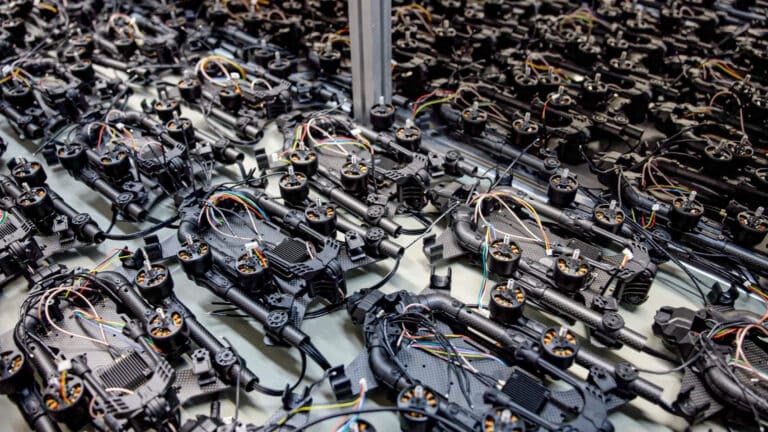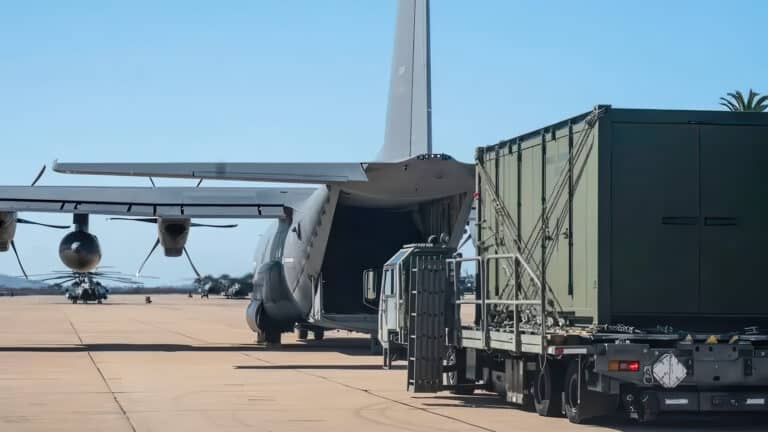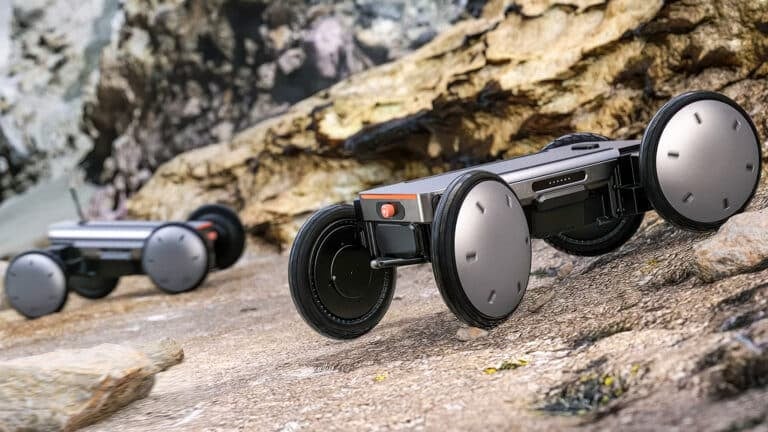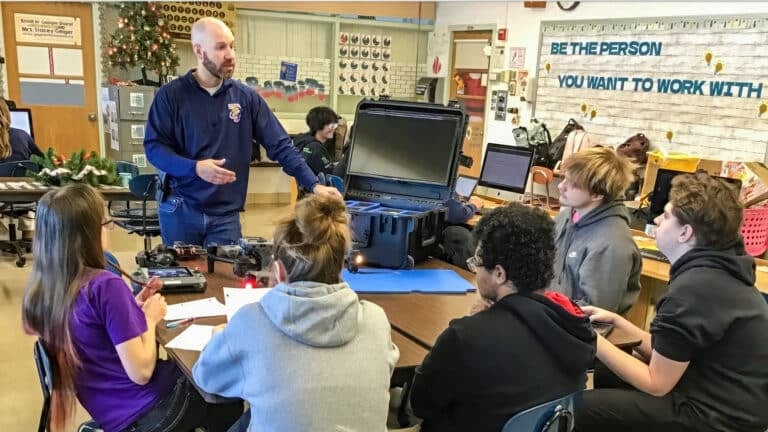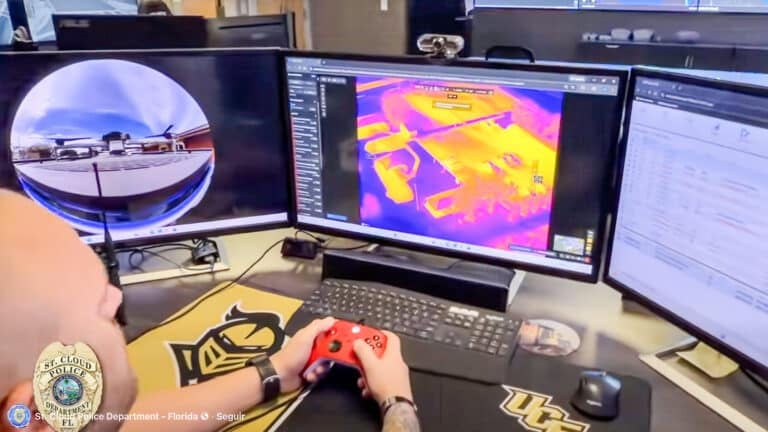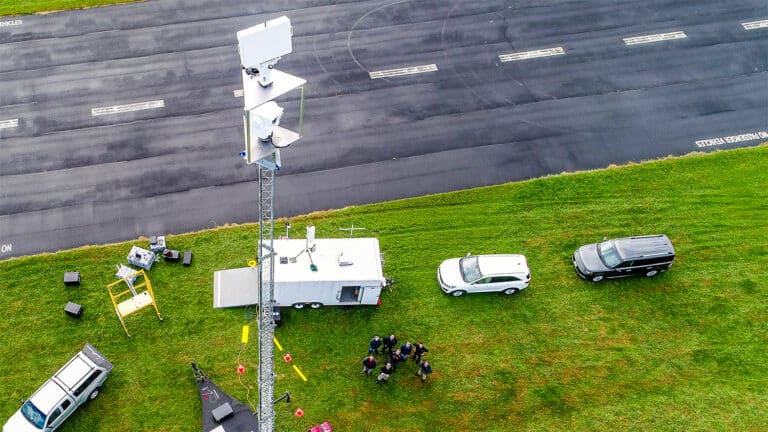Apium Swarm Robotics Joins Red Cat Futures Initiative After Successful Army Demonstration Of Distributed Drone Autonomy
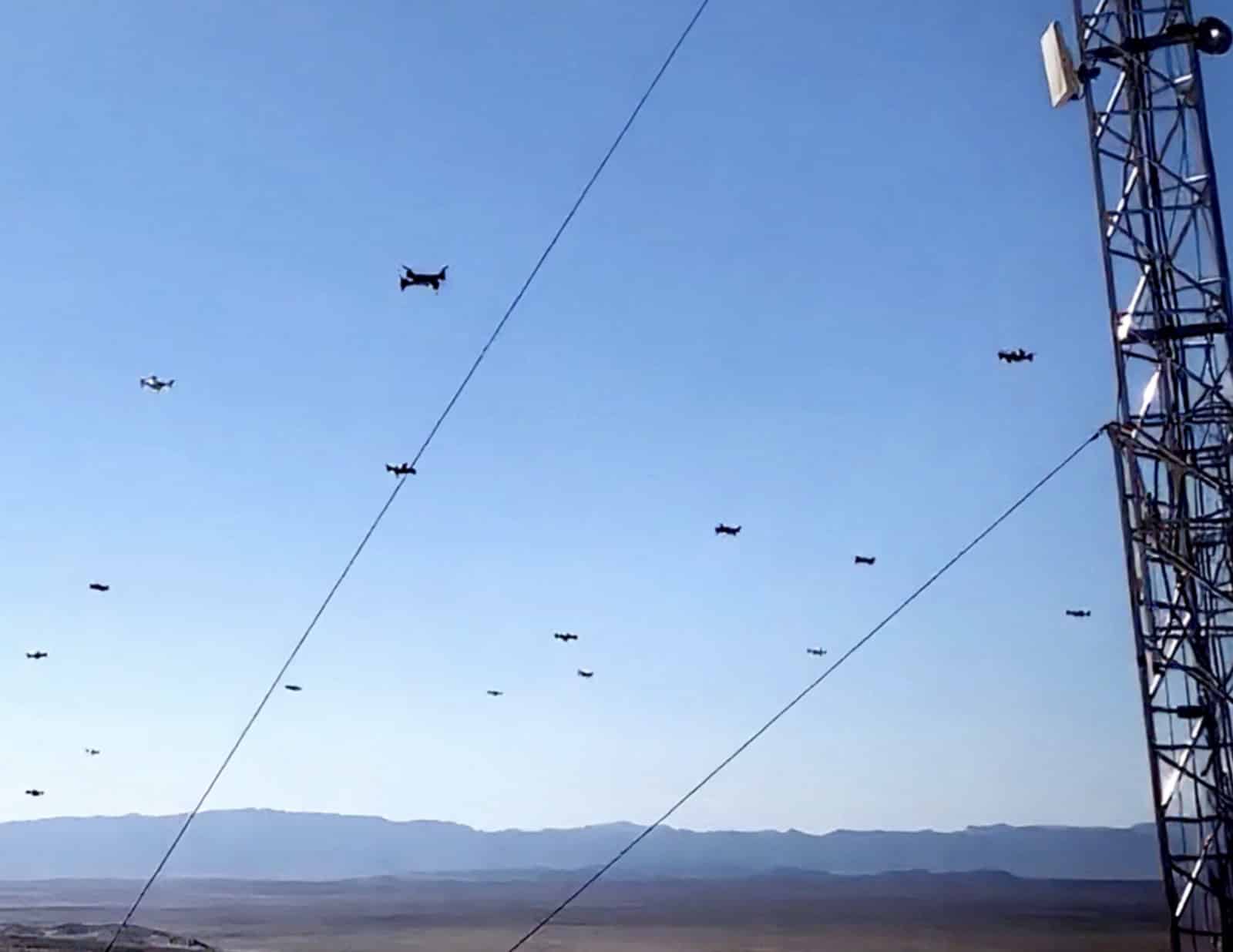
Apium Swarm Robotics has joined Red Cat Holdings’ Futures Initiative following successful U.S. Army testing of autonomous drone swarm technology that enables single operators to control multiple drones without centralized ground control. The partnership, announced November 4, 2025, comes as the Pentagon accelerates procurement of autonomous systems for contested battlefield environments.
The collaboration brings field-ready swarm capabilities to Red Cat’s drone platforms, positioning the company to meet growing military demand for force-multiplying technologies that work when communications are degraded or denied.
Distributed Autonomy Demonstrated At Fort Rucker
Apium successfully integrated its Swarm Autopilot and Ground Control system onto Red Cat’s Teal 2 drone at the Army’s ACM-UAS Industry Day at Fort Rucker, Alabama. The demonstration showcased multi-agent autonomous missions using decentralized coordination rather than traditional centralized command.
“One to Many swarming is the future of autonomous warfare,” said Tyler MacCready, Founder and Chief Scientist at Apium. “However, there needs to be a balance between autonomy and operator accessibility to ensure effectiveness. Our technology allows full swarm capability to be added to existing ‘off the shelf’ multi-domain UxS enabling a single operator to launch, command, and adapt swarms in real time without complex pre-mission planning or centralized control.”
The platform-agnostic system works with common autopilot systems including PX4 and ArduPilot, enabling rapid integration across existing and future drone platforms without requiring complete redesigns.
Swarm Logic Embedded In Each Drone
Apium’s architecture moves swarm intelligence from ground stations directly onto individual drones. Each aircraft makes independent decisions through cooperation with neighboring vehicles, eliminating the need for constant uplinks or centralized control infrastructure.
This distributed approach eliminates single points of failure. Swarms continue operating even when individual drones fail or ground station communications are lost. The system has demonstrated resilience when degraded by jamming or interference—critical capabilities for operations in contested electromagnetic environments.
Operators control swarms through a touchscreen interface that accesses Apium’s Swarm Library. Behaviors range from simple tasks like orbiting over targets to fully automated collaborative missions. Operators can change or adjust behaviors at any time, even after swarm launch.
Drones can join or leave swarms mid-mission, allowing temporary reassignment for direct individual control, sensor operations, or kinetic action before seamlessly reintegrating with the swarm.
Integration Across Red Cat’s Family Of Systems
“Apium’s system brings distributed drone swarming out of the lab and onto the battlefield,” said Jason Gunter, Director of Special Programs at Red Cat and head of the Futures Initiative. “They’ve proven that you can run adaptive, resilient swarming behaviors with minimal operator burden and without constant connectivity or centralized control. This is a major leap forward for tactical autonomy and the exact capability our warfighters need in complex, contested environments.”
The Futures Initiative connects Red Cat with industry innovators in AI, computer vision, 3D mapping, target acquisition, and other autonomous systems capabilities. The consortium launched in May 2024 as an industry-wide effort to accelerate deployment of interoperable uncrewed aircraft systems.
Through the partnership, Apium will integrate its swarm technology across Red Cat’s entire platform lineup, led by the Black Widow drone that won the Army’s Short Range Reconnaissance contract in November 2024. The collaboration also supports broader Defense Department priorities to rapidly field attritable, autonomous platforms.
DroneXL’s Take
This partnership arrives at a pivotal moment for both autonomous swarm technology and American defense procurement. The timing tells the story: just days ago, we reported that the Pentagon’s DOGE unit seized control of the military drone program with plans to acquire at least 30,000 drones after the Replicator initiative faltered. Red Cat, which unseated Skydio for the Army SRR contract last year, is positioning itself to capture significant orders from this accelerated procurement push.
What makes Apium’s technology particularly relevant is that it solves battlefield problems Ukraine has been demonstrating for years. When we covered Ukraine’s deployment of AI-powered drone swarms in September, Ukrainian forces emphasized the critical need for systems that work in GPS-denied environments and maintain coordination despite jamming. Apium’s decentralized architecture addresses exactly these requirements.
The distributed autonomy approach also mirrors what we’ve seen succeed in actual combat. Ukrainian startup Swarmer raised $17.9 million after validating its technology through over 82,000 combat missions. Norway recently deployed the first operational NATO drone swarm, demonstrating that European allies are moving beyond PowerPoint presentations to actual fielding. Meanwhile, China is systematically integrating AI into military drone swarms, creating competitive pressure for U.S. forces to accelerate their own capabilities.
Red Cat’s partnership strategy through the Futures Initiative makes strategic sense given the company’s recent trajectory. After facing scrutiny from short-sellers over production capacity claims earlier this year, Red Cat has focused on building a robust ecosystem of technology partners rather than trying to develop every capability in-house. The company has expanded into maritime drones, partnered with Unusual Machines for NDAA-compliant motors, and collaborated with Palantir on autonomous navigation.
The broader context matters too. As we recently explored in our coverage of Ukraine’s AI drone revolution hitting hardware reality, fully autonomous systems remain years away due to computing constraints. Apium’s approach—enhancing operator effectiveness rather than replacing human decision-making entirely—represents a more achievable near-term solution that aligns with current hardware limitations and ethical considerations around autonomous weapons.
For American manufacturers, this partnership validates the “best of breed” integration approach over vertically integrated development. With procurement timelines measured in months rather than years under the new DOGE-influenced process, companies that can rapidly integrate proven technologies will capture market share from those still locked in traditional development cycles.
What do you think? Share your thoughts in the comments below.
Discover more from DroneXL.co
Subscribe to get the latest posts sent to your email.
Check out our Classic Line of T-Shirts, Polos, Hoodies and more in our new store today!

MAKE YOUR VOICE HEARD
Proposed legislation threatens your ability to use drones for fun, work, and safety. The Drone Advocacy Alliance is fighting to ensure your voice is heard in these critical policy discussions.Join us and tell your elected officials to protect your right to fly.
Get your Part 107 Certificate
Pass the Part 107 test and take to the skies with the Pilot Institute. We have helped thousands of people become airplane and commercial drone pilots. Our courses are designed by industry experts to help you pass FAA tests and achieve your dreams.

Copyright © DroneXL.co 2025. All rights reserved. The content, images, and intellectual property on this website are protected by copyright law. Reproduction or distribution of any material without prior written permission from DroneXL.co is strictly prohibited. For permissions and inquiries, please contact us first. DroneXL.co is a proud partner of the Drone Advocacy Alliance. Be sure to check out DroneXL's sister site, EVXL.co, for all the latest news on electric vehicles.
FTC: DroneXL.co is an Amazon Associate and uses affiliate links that can generate income from qualifying purchases. We do not sell, share, rent out, or spam your email.





